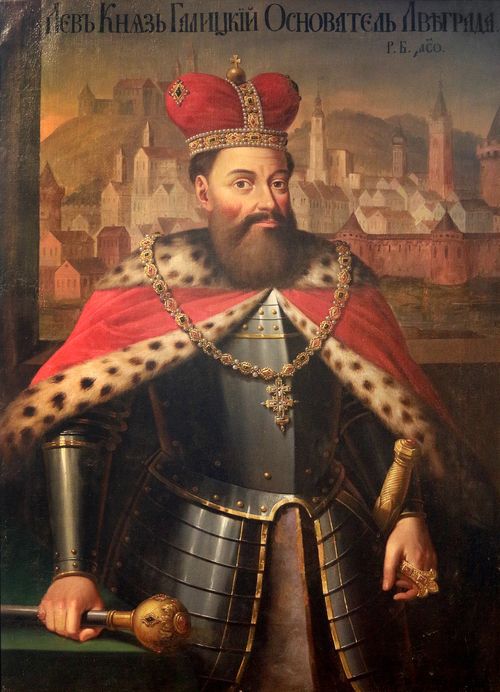“Un/Forgotten History”
Lviv exhibits artworks from the collection of Lubomirski magnates
An exhibit to mark the 200th anniversary of Ossolineum, the national library of Poland which contributed to the establishment of many cultural institutions in Galicia, has opened at the Lozinski Palace – the 19th-21st-century European art section of the Borys Voznytsky Lviv National Art Gallery.
According to Ihor Khomyn, chief custodian of the Gallery collections and exhibit curator, the exhibit “Museum of Princes Lubomirski: An Un/Forgotten History” is displaying for the first time so many artworks from a large collection of the Lubomirski magnate family that owned hundreds of towns and villages on the territory of Ukraine and Poland in the 15th-19th centuries. In the course of time, this private collection of fine arts became part of Ossolineum. In the Soviet era, the nationalized rarities of princes Lubomirski were distributed among Lviv museums. Most items found themselves at the Picture Gallery. On the whole, about 700 items were handed over to the Gallery in 1940. Later, in 1956, the Gallery’s collection was topped up with arrivals from the History Museum which handed over portraits of Polish cultural and historical figures. “Our Lubomirski collection consists of about 900 items,” the exhibit curator notes. He also says that designer Serhii Petliuk’s mastery made it possible to harmoniously place the exhibits in the museum’s space.

WRITTEN ON TOP OF PICTURE: “LEV, PRINCE OF GALICIA, FOUNDER OF LEOPOLIS”
The canvases displayed in several halls of the Lviv Picture Gallery depict battle scenes, historical events and figures, mythological subjects, and still lifes. Quite a large number of the exhibited items were restored before being shown to spectators.
“We want to help Lviv Art Gallery specialists to restore pictures because the Lubomirski collection artworks should be exhibited both in Ukraine and abroad, particularly in Poland, for art is supposed to unite people,” said Adolf Juzwenko, director of the National Ossolinski Institute in Wroclaw, who opened the exhibition.
“It is common knowledge that the successors of Ossolineum are, first of all, the Lviv Vasyl Stefanyk Research Library and the National Ossolinski Library in Wroclaw. At the same time, the Lviv-based Borys Voznytsky Art Gallery and Museum of Ethnography and Artistic Handicrafts are also successors of Ossolineum,” Gallery director Taras Vozniak says. He particularly emphasizes that all these institutions continue today the traditions of enlightenment started by the founders.
The exhibition “Museum of Princes Lubomirski: An Un/Forgotten History” (3 Stefanyka St.) will remain open until December 17.
Newspaper output №:
№63, (2017)Section
Time Out





